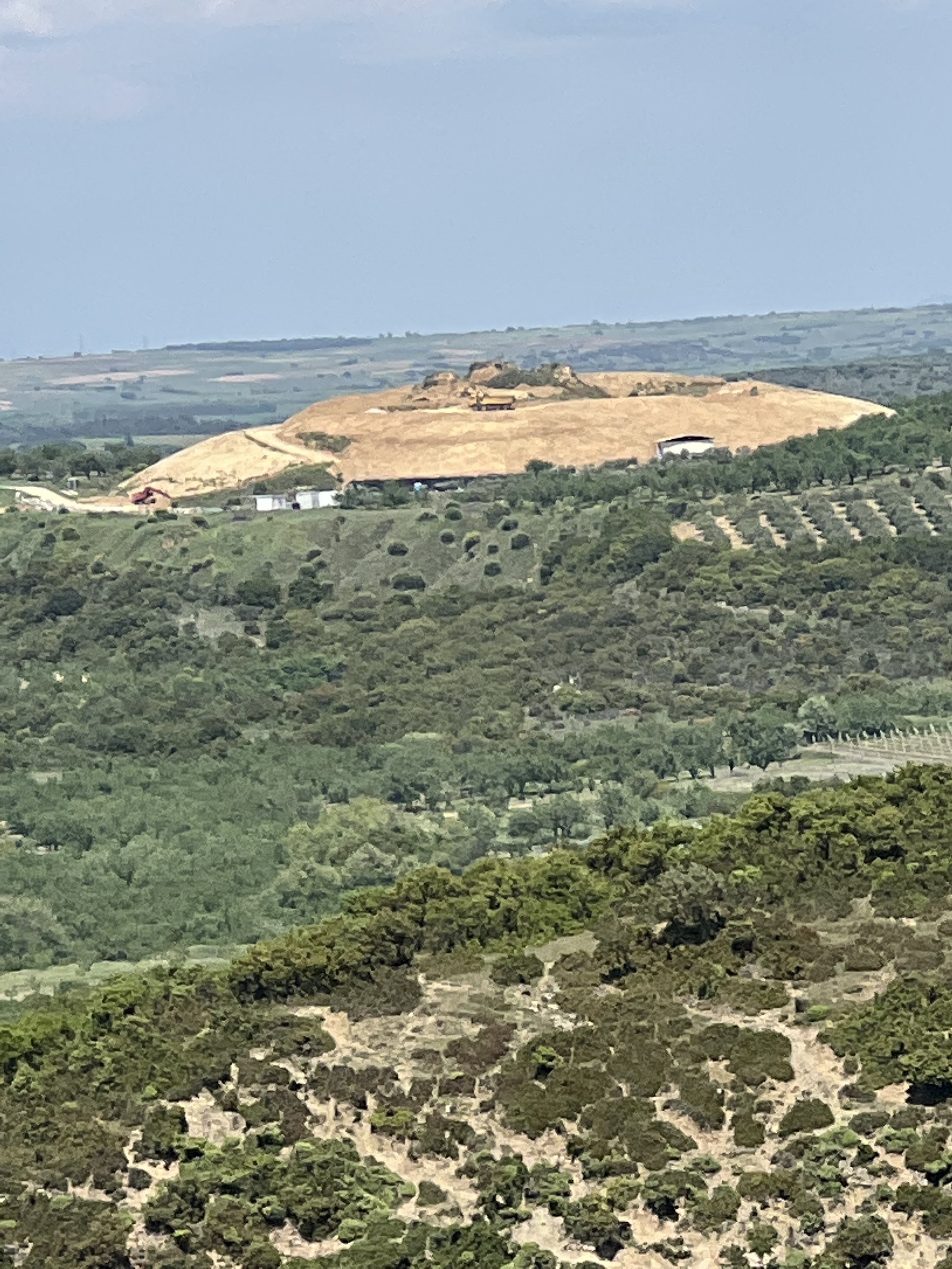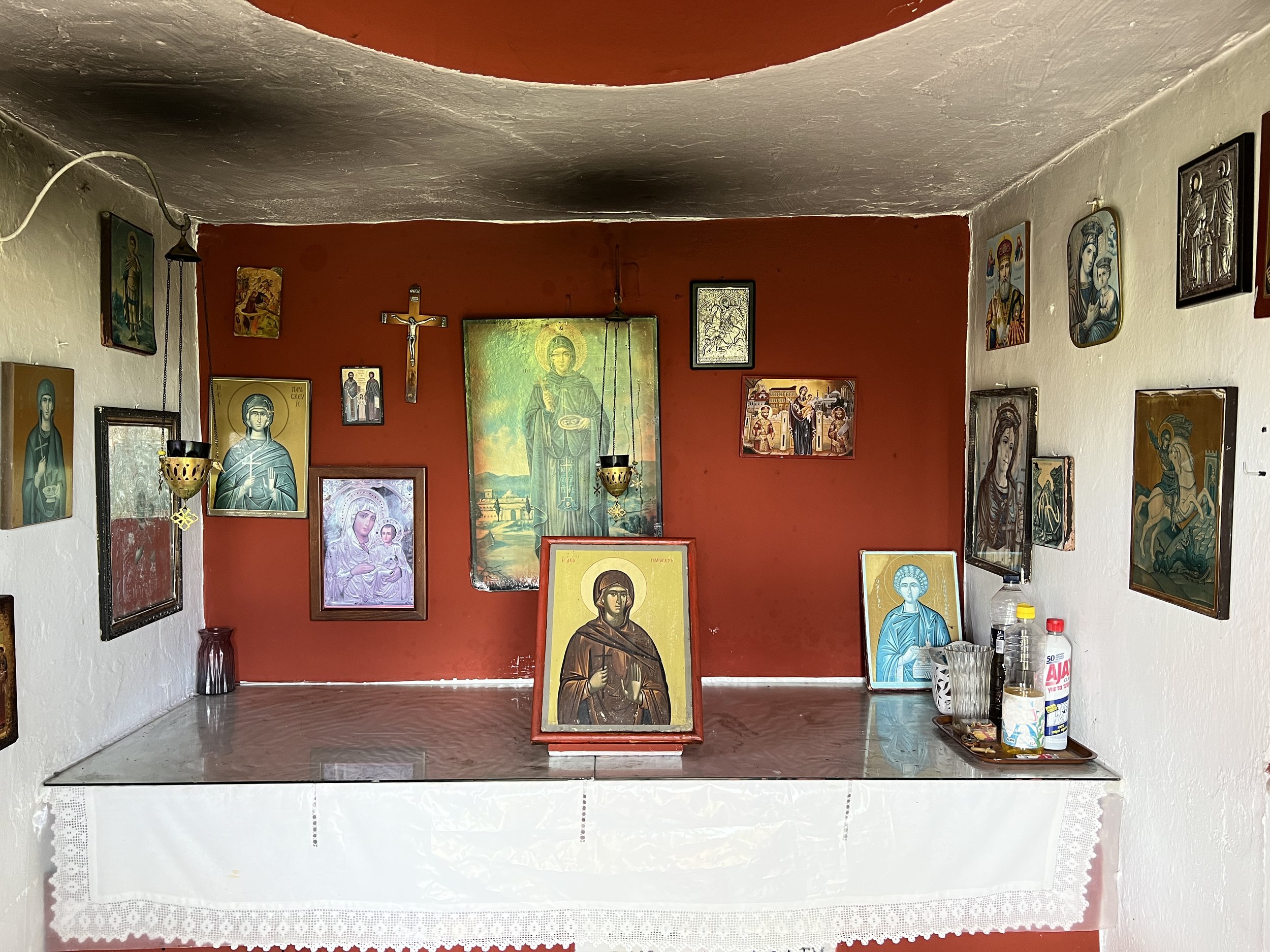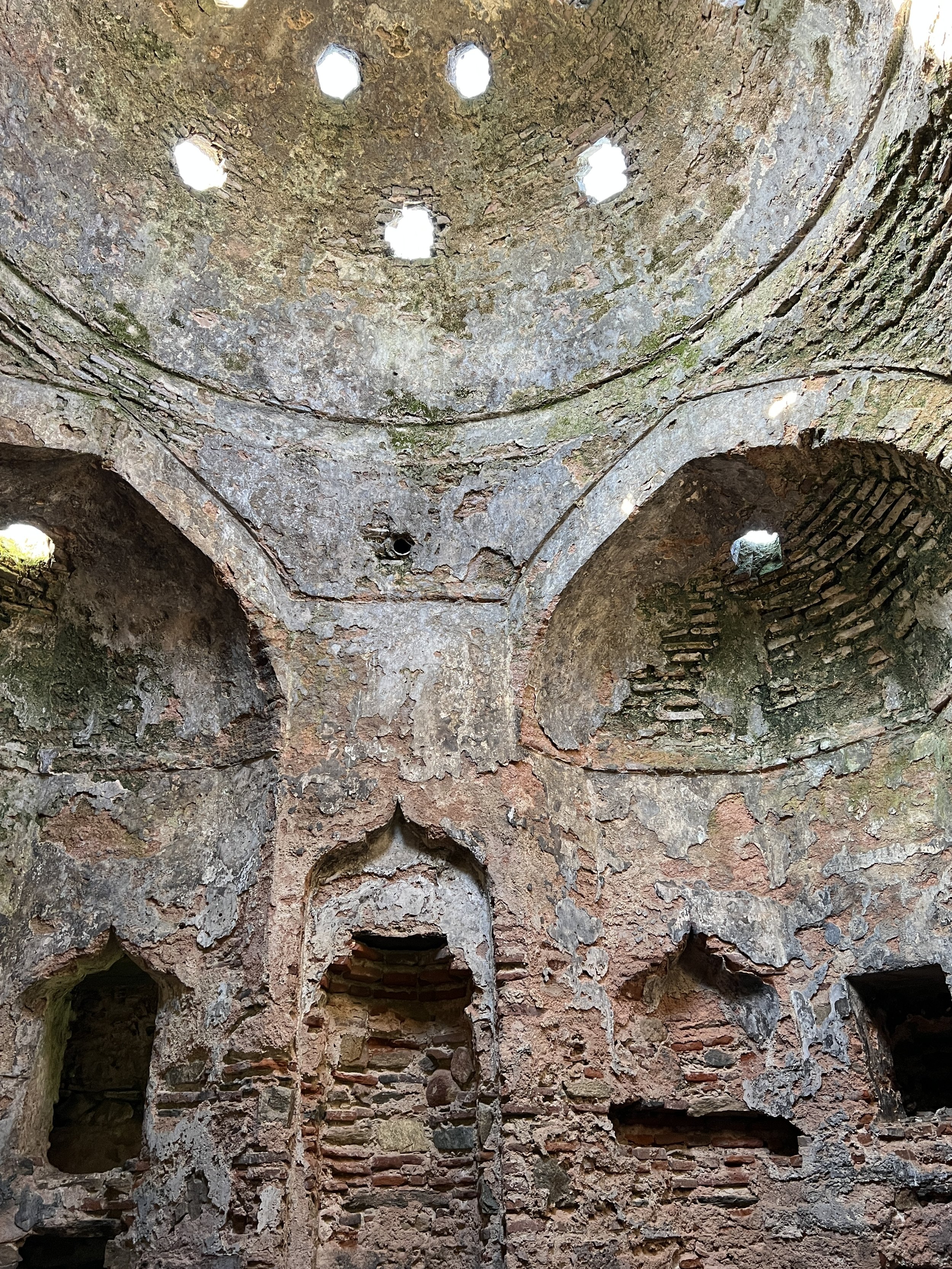Amphipolis & Apollonia, Greece
“Now when they had passed through Amphipolis and Apollonia, they came to Thessaloniki, where there was a synagogue of the Jews” Acts 17:1
After the Apostle Paul was divinely released from prison in Philippi, the magistrates asked Paul and Silas to leave the city and so they set out for Thessaloniki and the Jewish community there. Following the Roman Via Egnatia, there were 2 stopping over places between Philippi and Thessaloniki - Amphipolis and Apollonia.
Amphipolis was founded by the Athenians in 437 BC and was fought over by the Spartans during this time. It was a strategic location on the Strymon River and close to the Aegean Sea. King Philip II of Macedonia (father of Alexander the Great) captured the city in 357 BC. There is an archeological site here today with the most incredible excavation being the petrified timbers / stakes / pylons of the ancient Strymon River bridge. The bridge is mentioned in historical writings as far back as 422 BC. The archeological site has numerous sections of the inner and outer city wall visible. There are remains of 5 christian churches from the early Byzantine era (which we sadly did not get pictures of - we found this site difficult to navigate - not much signage).
There is a small museum on site containing finds from Amphipolis and from Macedonian royal tombs in the area. There is a gold leaf wreath found in an ossuary, the head of a sphinx from the nearby Kasta Tomb (Macedonian) that was not yet open to the public when we visited in 2022. That did not stop Craig from having me drive our terrible tiny rental car through an olive grove and down a rutted farm trail trying to get as close to the site as possible!!). Outside the museum are remains of an early 5th century BC building, underneath this was the silver ossuary with the gold leaf wreath. Across the main road from the museum are more Macedonian tombs and a good view of the Kasta tomb mound - which is the largest tumulus excavated in Greece to date. Larger even than the tomb complex of Philip II in Vergina, Greece.
Near the archeological site is the monumental Lion of Amphipolis. This enormous monument dates from late 4th century BC. It was found in pieces and reconstructed, though its base would have been much much larger. This monument was likely in honor of an admiral of Alexander the Great and may even have sat atop the Kasta tumulus. It surely would have been visible when Paul made his journey through this area.
Apollonia is not an official archeological site. There is a stone plaque and a small memorial chapel in honor of Paul’s passage through the area. Under the modern pavement there is some stone work that looks much older and perhaps is part of the Via Egnatia. In the field is a ruin of an Ottoman bath house with an outer enclosure for travelers still visible. There is a sign here indicating this building underwent numerous conversions over the years and was a mosque at one point.
Lion of Amphipolis































